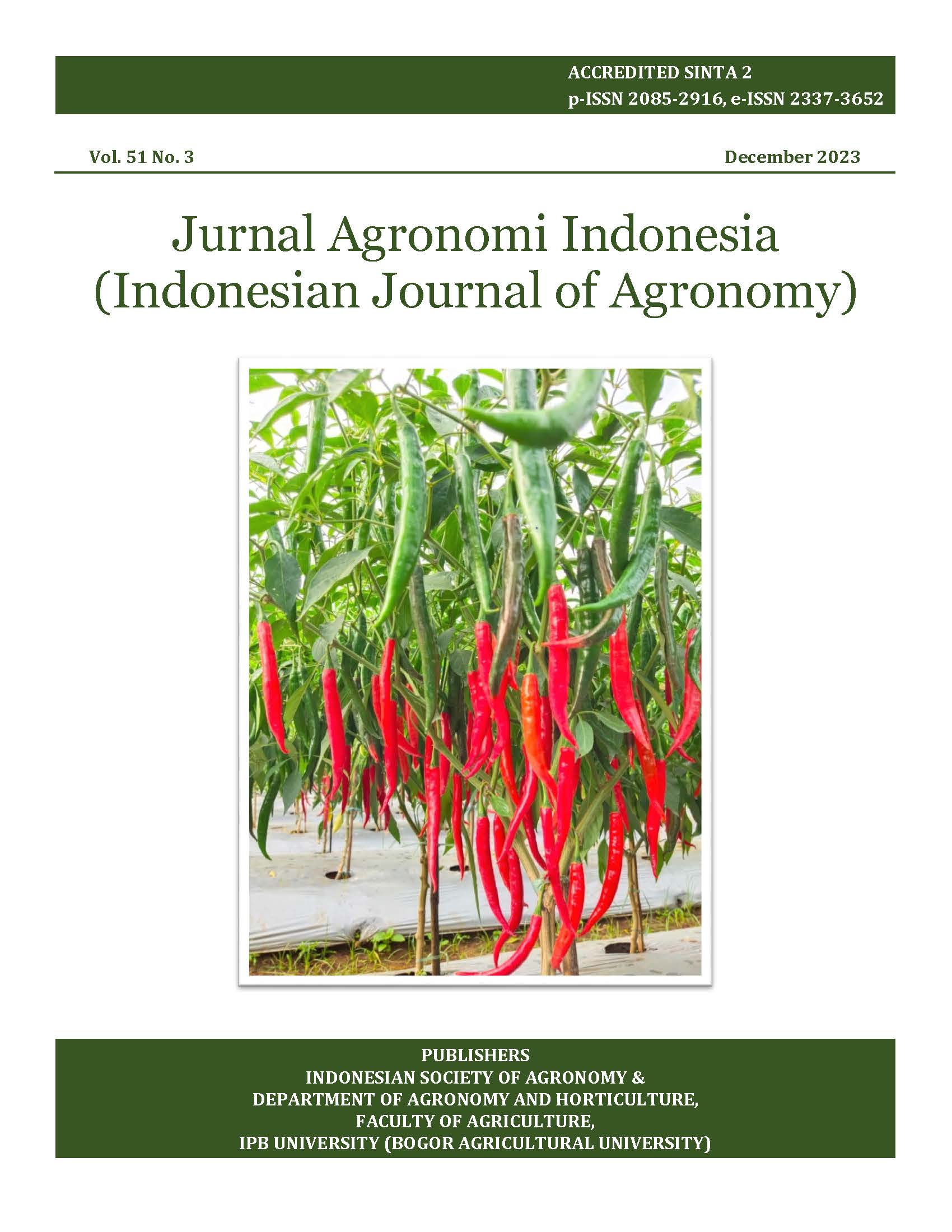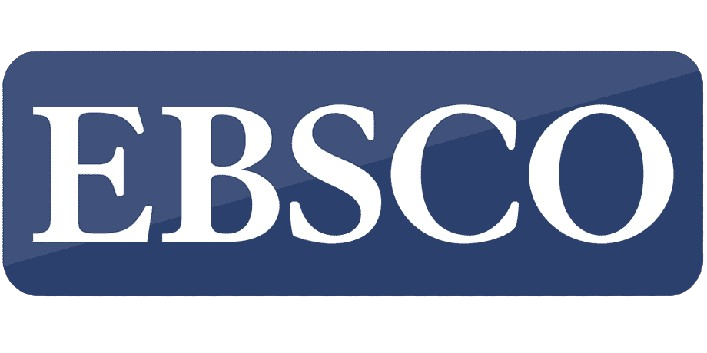Determination of anthracnose (Colletotrichum gloeosporioides) resistance group in shallot (Allium cepa var. aggregatum)
DOI:
https://doi.org/10.24831/jai.v51i3.47429Abstract
Shallot anthracnose, caused by Colletotrichum gloeosporioides, is a devastating disease in a tropical country with high humidity and rainfall. Chemical control of anthracnose is neither economical nor eco-friendly, and genetic resistance is considered an efficient management method. This study aimed to determine the resistance groups of several shallot varieties and predict resistance heritability characteristics. In this study, a total of 13 Indonesian shallot varieties were evaluated for anthracnose resistance and separated into two groups, resistance and susceptible, based on K-means clustering developed by using disease resistance/susceptibility characteristics such as incubation period, disease incidence, disease severity, and spot diameter. The results indicate that the Agrihorti, Maja Cipanas, Batu Ijo, and Rubaru varieties were identified as resistant groups based on lower disease severity and incidence, smaller spot diameter, and longer incubation period. Maja Cipanas and Rubaru were more consistent in all variables, which is recommended as a source of genetic resistance genotypes. On the other hand, the Biru Lancor, Bima Brebes, Srikayang, Violetta, Slupu Merah, Pancasona, Sakato, Katumi, and Kuning varieties were identified as susceptible groups based on high disease severity and incidence, large spot diameter, and short incubation period.
Keywords: susceptibility characteristics, genetic resistance, k-means clustering, disease severity













